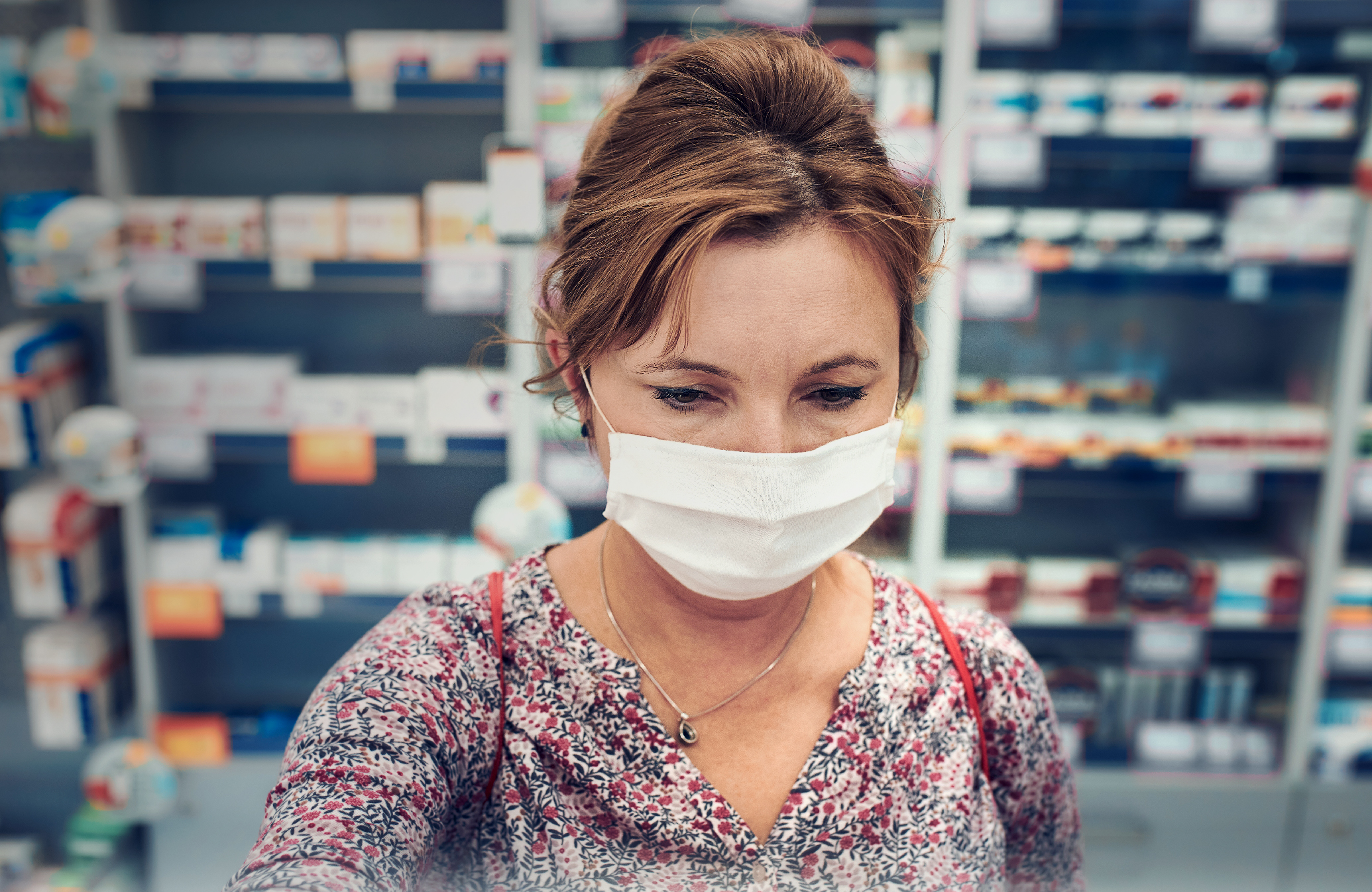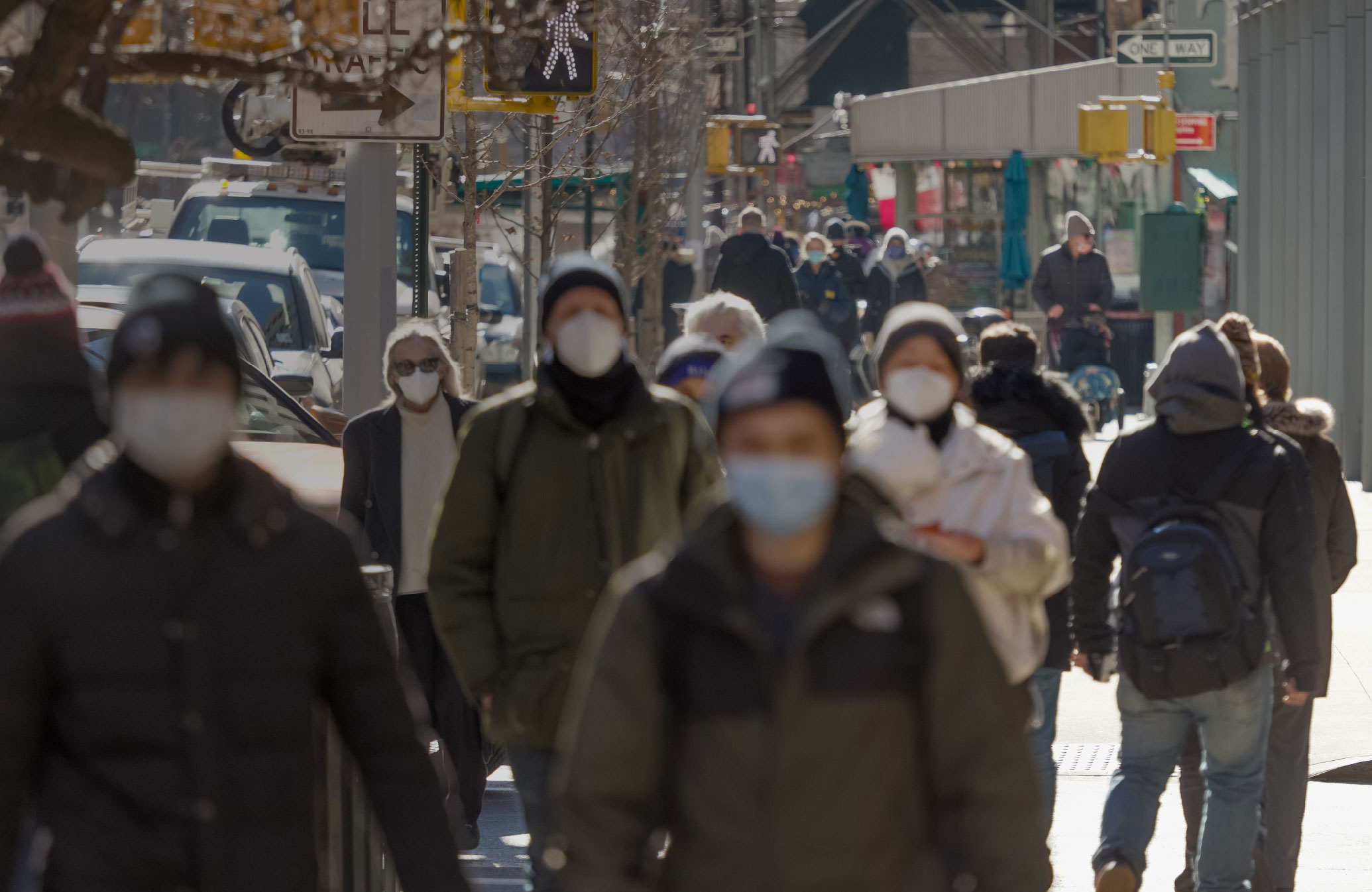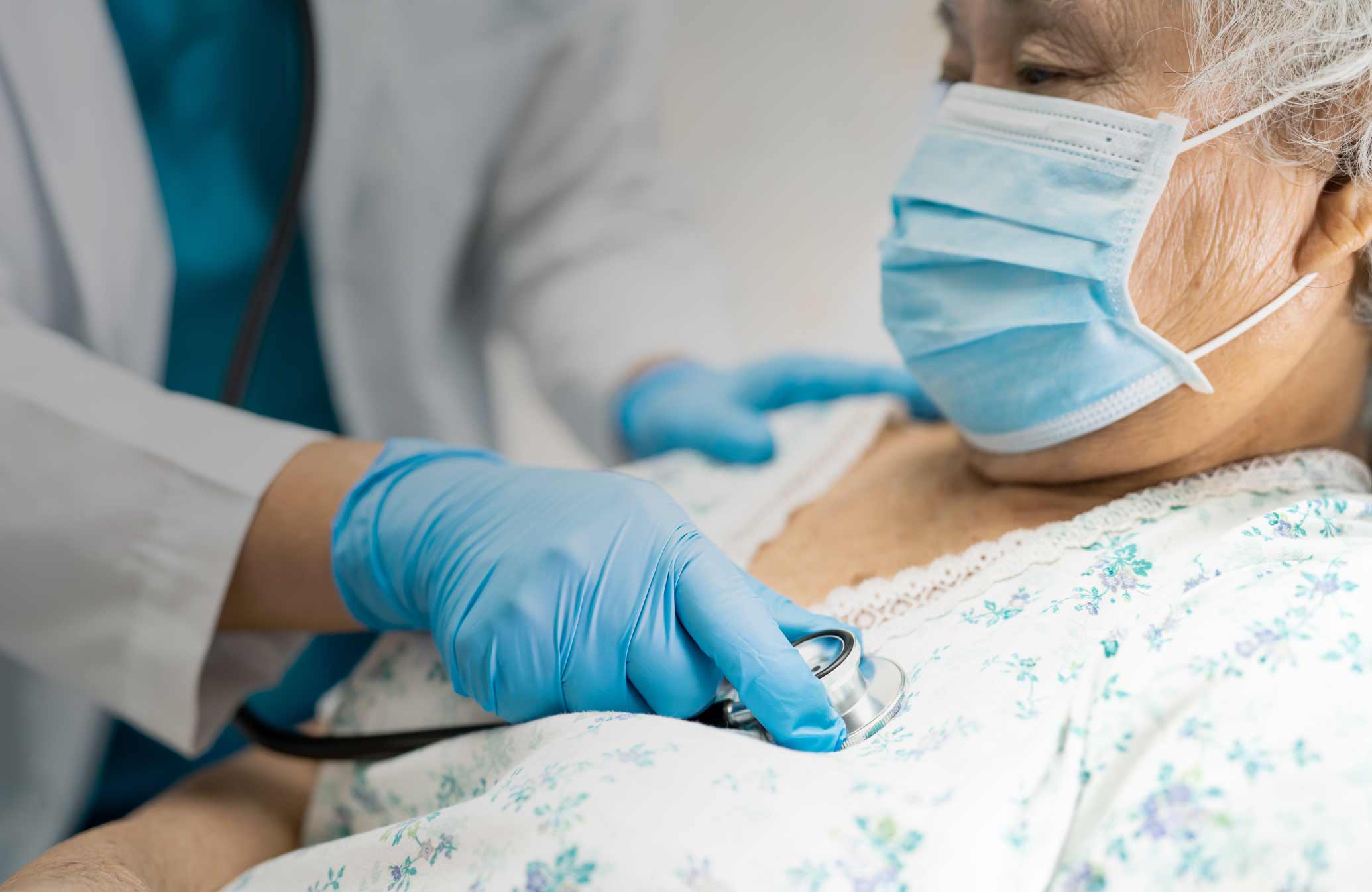The COVID-19 pandemic has created barriers to healthcare access across the globe, drastically changing the way healthcare is delivered and received. In partnership with the Icario research team, we analyzed breast cancer care gaps over the last two years to determine how COVID has affected preventive screenings, and where we go from here.
Through this research, we found that by asking the right questions, we can hone in on the decision-making process for women getting mammograms and learn how the pandemic affected these decisions. Further, microscopically viewing individual screening patterns and best practices knowledge helps to know them better and move them to take action.
The Effect of COVID-19 on Preventive Health
Preventive health is one of the most important and cost-effective ways to stay healthy. But during COVID-19, how likely were individuals to engage in these services?
One study analyzed the insurance records of over 600,000 women from ages 18-74 to conclude whether or not they utilized preventive health services during the pandemic. In-person services such as breast and cervical cancer screenings, STI testing, and LARC insertions dropped in utilization percentage by 60%-90% in the spring before closely returning to normal levels by the end of July. The odds of women receiving preventive care in 2020 were 20% to 30% lower than in 2019. These are significant statistics because they display the fluctuation of utilized preventive health services, including breast cancer screenings, initially, illustrated in the chart below.

Barriers to Care
We know that preventive health services are critical to catching serious illnesses early. And, we know that people didn’t fully utilize them in 2020. To dive deeper, a qualitative study conducted by the Breast Cancer Surveillance Consortium (BCSC) gained a better understanding of barriers to care and examined why women did or didn’t receive preventive screenings during the pandemic.
This study aimed to determine what barriers existed for women to return to getting preventive health screenings. They were able to identify key themes around what motivated women to get their breast cancer screening and what hindered them from receiving those screenings. Here is what they found:
Of the 30 women interviewed in focus groups, 17 had a breast cancer screening during the pandemic, while 13 did not. 8 of the 17 women who had a screening had cancer previously.
Reasons that women did get a breast cancer screening:
- Feeling safe during the appointment
- Enough communication to make them feel comfortable about the experience
Reasons that women did not get a breast cancer screening:
- Risk of getting COVID-19 vs. risk of cancer (those who went felt that the risk of cancer was greater)
- Worry that the screening process would not be safe/sterile
- Logistics or barriers to getting care
- Anxiety or fear surrounding testing and appointments
It’s been proven that geographic location plays a major role in care access. In fact, an individual’s zip code is a stronger predictor of an individual’s overall health more so than other factors such as race and genetics.
On top of the challenges and implications COVID presents, we know there are underserved populations that utilize breast cancer screenings far less, resulting in a much higher risk of detecting breast cancer in later stages. This is why creating health action programs that engage and spark action in diverse populations is critical to health and early detection.

The Great Divide: 5 Strategies to Bridge Healthcare Member Gaps in Care
Learn Icario’s secrets to move any population to take healthier actions and close more gaps in care, no matter how unreachable they seem.
Boosting Breast Cancer Screenings Through Personalized Engagement
Here’s what we know: screenings are down, more advanced cancer cases are on the rise, and gaps continue to widen. What can be done to bridge this gap and help women get the screenings they need? Health action programs that focus on the next best action are the key and Icario can help.
In one Icario preventive care program, specific to breast cancer screenings, we achieved a 93% contact rate and 54% engagement rate by identifying the next best action for new members to take in their care through the use of digital channel outreach.
In another breast cancer program, Icario crafted personalized message themes and leveraged a multi-channel digital approach to reach specific audiences with communications that resonate and ultimately lead to action. We found that by building smart outreach and messaging sequences, we were able to minimize member abrasion and spark action after only 2.2 outreach attempts and engage 72% of the target population.
As we’ve learned through executing these types of preventive screening programs, one messaging sequence can make all the difference and literally save a life, or give someone the chance to spend their life the way they want to. For more on how we’ve impacted the lives of health plan members, read Marie’s story.
While the pandemic has certainly impacted utilization rates, a strong health action strategy can engage members with care gaps to boost screenings. It comes down to a personalized, data-driven strategy that seamlessly connects members to better health.




